Before words, there were images, and in a sense images are our first language. And much like images that appear in dreams and altered states, they can communicate to us in profound ways and with a depth of meaning that words often cannot.
I have come to realize through my life as an artist and my work as an arts educator that our creative process often corresponds to how we live our lives. Fixations such as judgment, shame, fear, perfectionism, competitiveness, or resistance reveal themselves to us as we create, as well as in the images themselves. These images can offer us a visual representation of our fixations, and the opportunity to use art as a way to transform patterns that get in the way of our authentic expression.
Within the system of the Enneagram, I have discovered that not only does the creative process often correspond to type, but that the images produced through this process can also reflect the different enneatypes.
In my workshop, “Paint by Numbers” participants create images from verbal prompts using pens and colored markers. We follow with a shared discussion, noticing how the prompts manifested in different interpretations and sharing our processes and images. Then we take it a step farther with an exercise in polarities- working with emphasizing, or “leaning into” a particular aspect of the imagery and/or process we experienced. And finally we work with a “break out” drawing, exploring the opposite energy, the ultimate goal being an experience of balance between the two.
The point of these exercises is trifold. First, we are concerned with the actual internal process- thoughts, feelings, etc. that come up for us as we engage in creating images. Secondly, we pay attention to the actual images produced by this process, and become familiar with our fixations through exploring the energy behind these images. Thirdly, we find our “learning edge” and produce a “break out” drawing, where we can transform this energy by experimenting with its opposite, thereby freeing ourselves to create from choice and discover our own authentic expression.
For example, a ONE may experience frustration and self-criticism at attempting to create perfect representational images. The images are often literal, orderly, and “pretty.” Their learning edge would be an exercise in creating a messy, “ugly” drawing. Ultimately, they would get in touch with forgiving reality for not matching their expectations, and learn to love the beauty that can be found in imperfection (wabi sabi).
A FOUR, though considered the natural Artist, may struggle with the need to be unique through creating mysterious and meaningful imagery. A breakout drawing for a Four may include exercises in finding beauty in the process of drawing something everyday and mundane, opening to a depth of experience that is discovered rather than self imposed.
A SEVEN, on the other hand, may find a lot of joy in the process, as well as some impatience at the pace, producing playful embellished imagery. A breakout drawing for a Seven would be to choose a complex subject and take it to completion, moving through discomfort and impatience towards real depth.
Though each enneatype does seem to have similarities in process, imagery, and a learning edge in the act of creating visual art, many other factors can influence the results of these exercises, including personal issues that surface through the imagery as a particular aspect of type. Because the creative process is an individual one as well as a collective experience, there is no “formula” to this method of exploring the enneagram. The act of mark making and creating visual images is therapeutic by its very nature.
In Western culture art making has been delegated to a career for the “chosen few,” something that requires training or comes to us as a gift or talent, and our education system does not promote creative thinking through the arts. I feel that this belief has deprived us of the joy of image making that is inherent within us as human beings.
From my experience, there is no doubt that exploring art making through the lens of the enneagram can be a powerful tool in exploring and transforming our lives.
-Susan Dorf
SUSAN DORF is a painter and arts educator who alternates living in Santa Cruz, California, and San Miguel de Allende, Mexico, where she teaches classes and workshops in Fearless Painting, Art Journaling, and Process Painting. She has been exhibiting and publishing her work for over 25 years.
Through the art of non-judgment, she guides students toward a higher potential of creative expression.
Website at www.susandorf.com
Email: susan@susandorf.com

